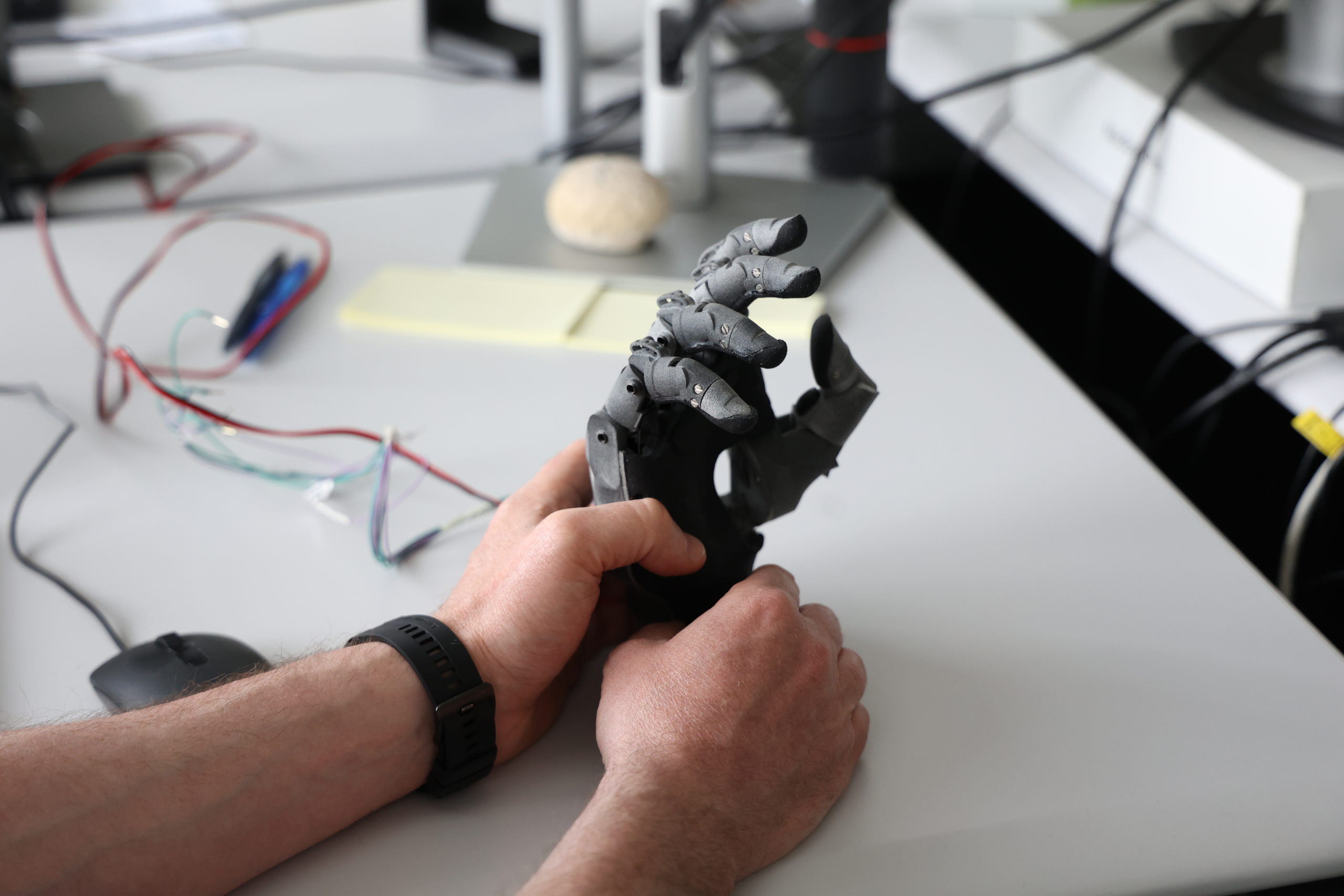Perception & Cognition
Action & Repair
Devices & Data
Perception & Cognition
The primary focus of research and innovation within the axis of Perception and Cognition is to determine WHAT establishes and maintains sensory processes as a scaffold for higher-level functions. WHAT neurobiological mechanisms translate sensory signals into the information that our brains use to make us who we are? WHAT neurobiological mechanisms allow us to perceive, to think, and to create? The Sense discovers the WHAT.
Sleep & Dreams 
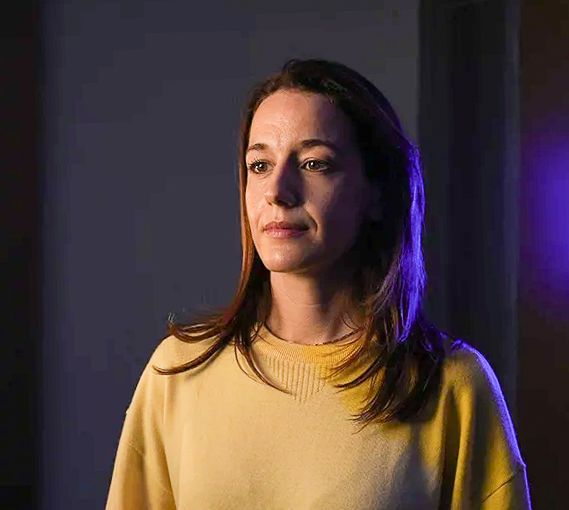
Prof. Francesca Siclari, CHUV-UNIL
Study of Sleep and Dreams
Affiliates: 2
Projects: 2
Scientific articles: 7
Academic valorization: 16
Media appearances: 2
Neurodevelopment 
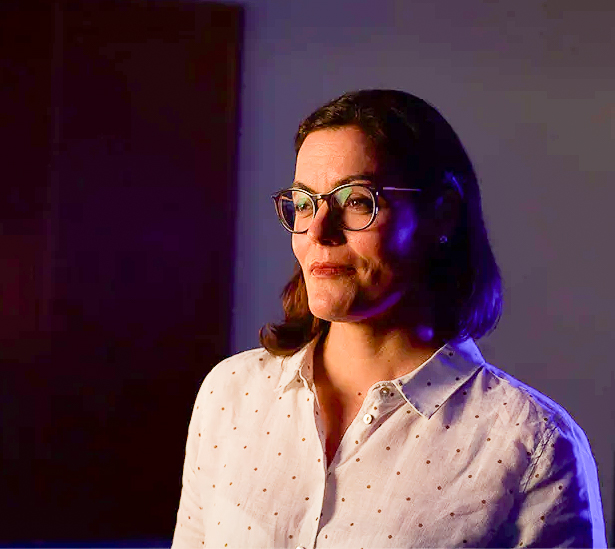
Dr. Juliane Schneider, CHUV-UNIL
Neurodevelopmental monitoring of children
Affiliates: 4
Projects: 2
Scientific articles: 5
Teaching : 11
Academic valorization : 3
Media appearances: 2
Multisensory Processes 
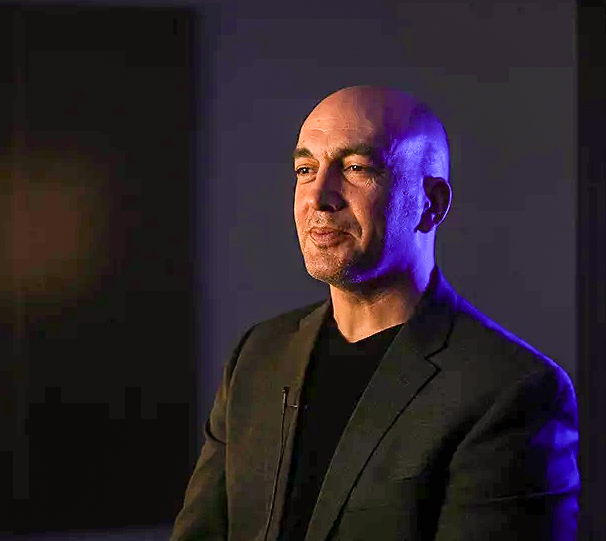
Prof. Micah Murray, CHUV-UNIL
Study of spatial and temporal cerebral dynamics of sensory functions
Affiliates : 9
Projects: 7
Scientific articles : 11
Teaching : 11
Academic valorization : 6
Academic valorization : 5
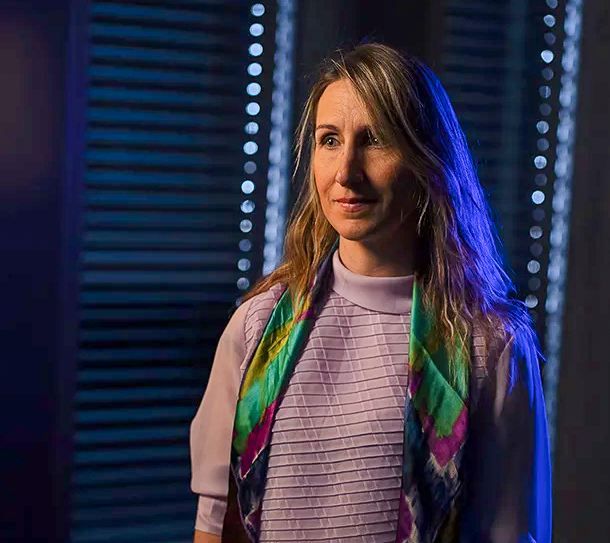
Prof. Michela Bassolino, HES-SO Valais-Wallis
Study of sensorimotor foundations and plasticity of body representations
Affiliates: 3
Projects : 5
Scientific articles: 5
Teachings: 5
Academic valorization: 8
Media appearance: 1
Pain & Interoception 
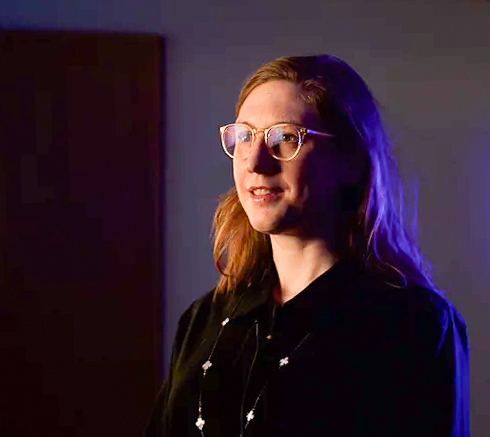
Prof. Chantal Berna Renella, CHUV-UNIL
Neuroscientific investigations of complementary medicines and their impact on pain perception
Affiliates : 9
Projects : 5
Scientific articles : 10
Teachings : 17
Academic valorization : 9
Media appearances : 7
Real-world neuroscience 
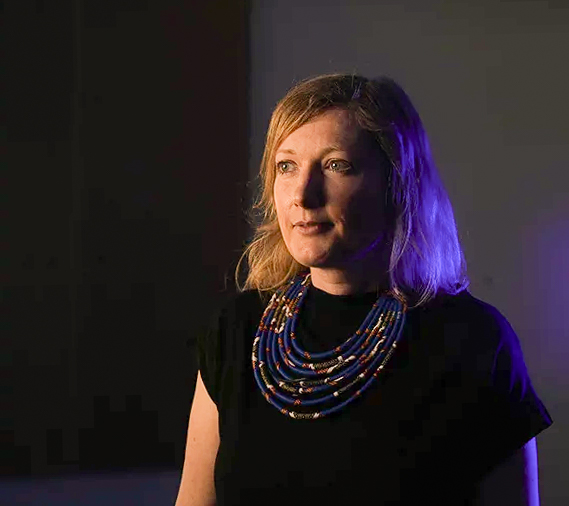
Prof. Erica Van de Waal, UNIL
Social learning and the origins of culture with a field experimental approach.
Affiliates: 5
Projets: 4
Scientific articles: 7
Teachings: 3
Academic valorization: 5
Media appearances: 2
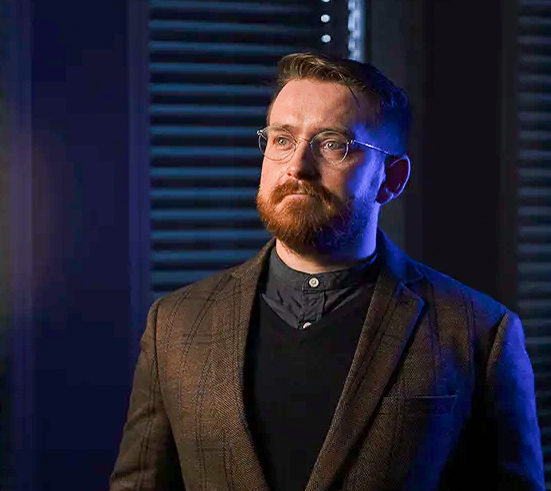
Prof. Paul Matusz, HES-SO Valais-Wallis
Study of the cognitive, motor, and sensory functions that support information processing in naturalistic and multisensory environments
Affiliates: 2
Projects: 2
Scientific articles: 3
Teachings: 5
Academic valorization: 5
Award: 1
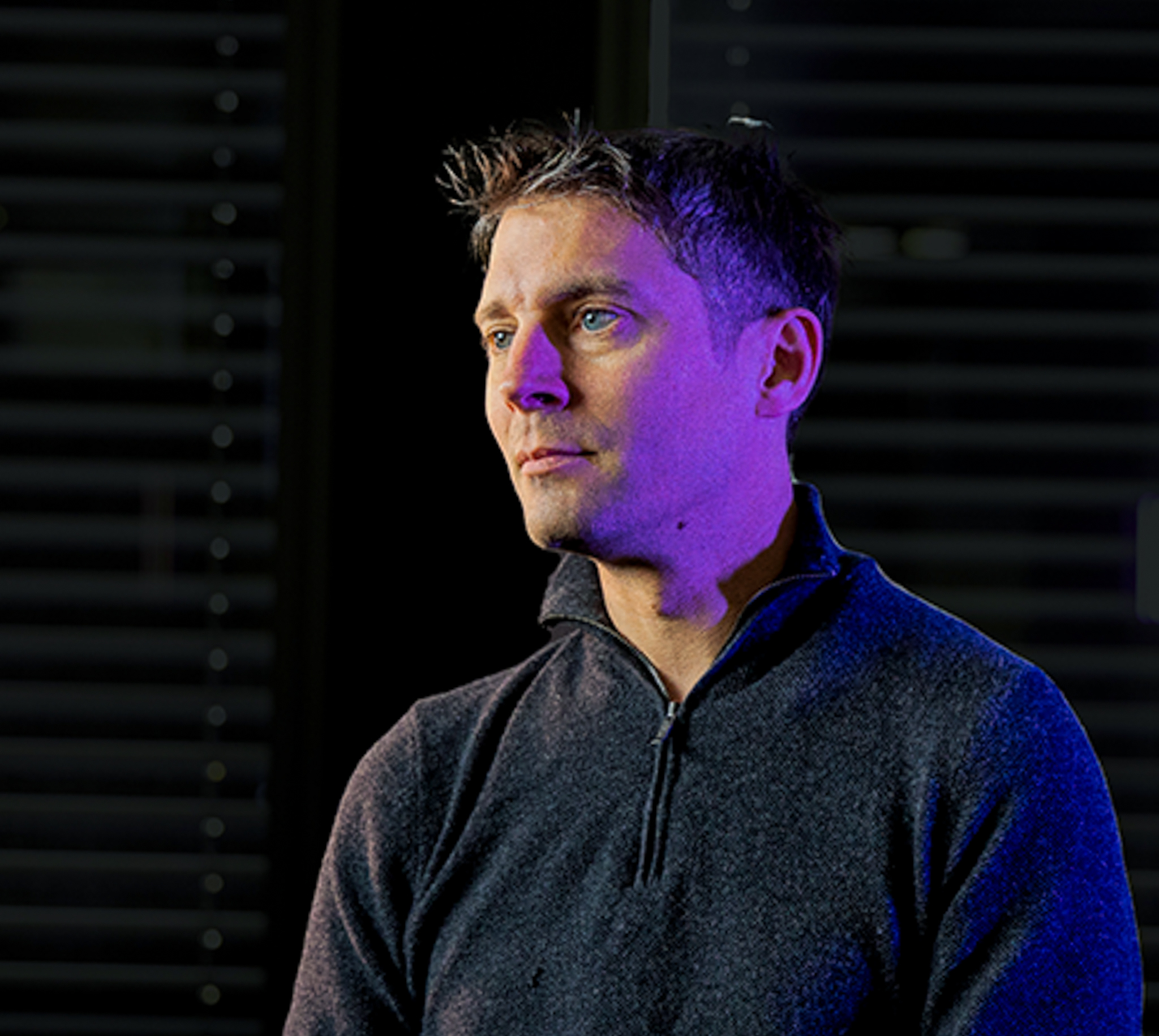
Prof. Antoine Widmer, HES-SO Valais-Wallis
The use and development of immersive technologies to explore human perception
Affiliate: 1
Projects : 8
Scientific article: 1
Teachings: 3
Academic valorization: 1
Media appearances: 3
Chemical Senses 
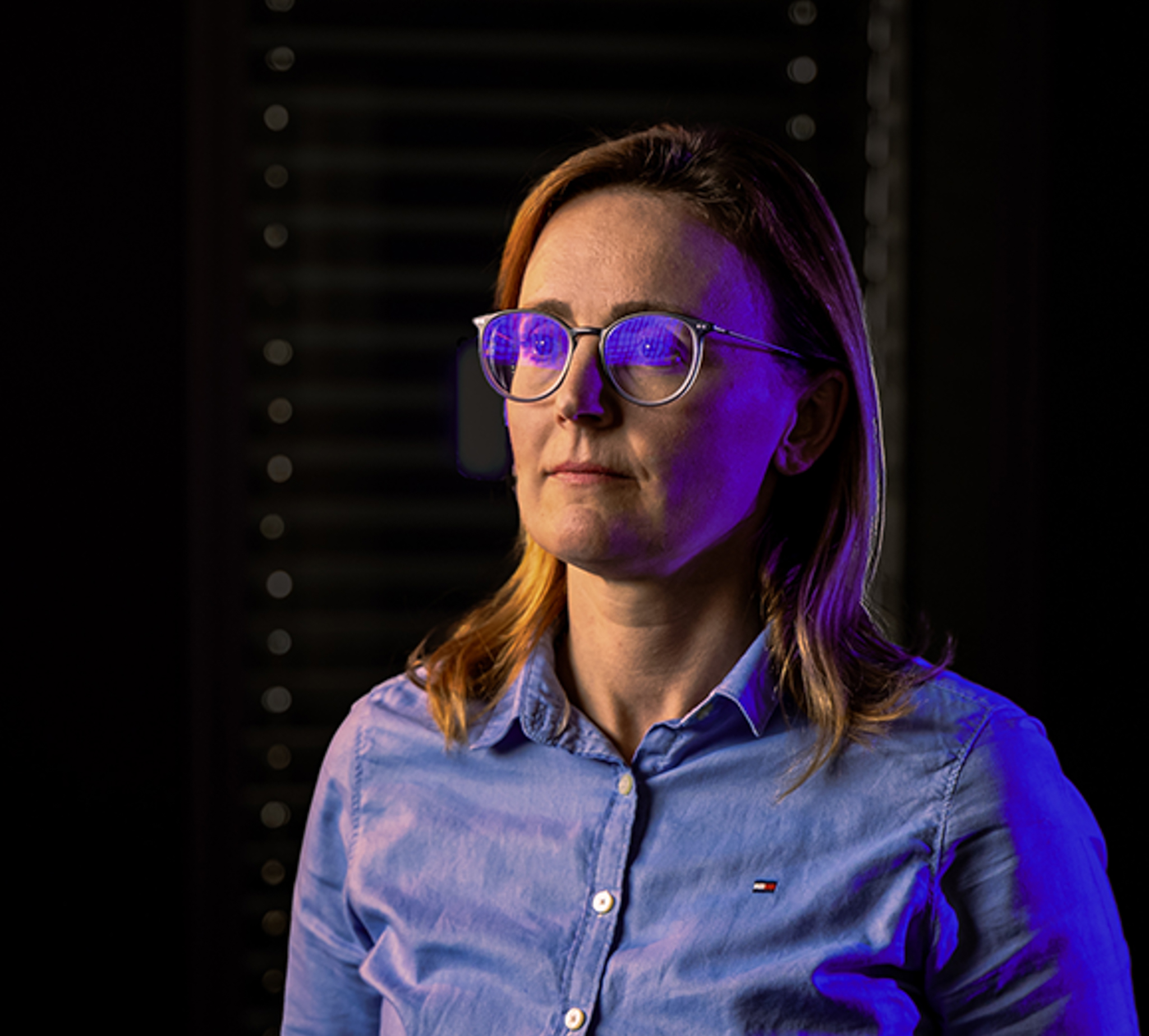
Prof. Sandra Galle, HES-SO Valais-Wallis
Understanding the olfactory and gustatory mechanism
Affiliates: 3
Project: 1
Teaching: 1
Moving to the Netherlands
At the beginning of the year, I joined the Netherlands Institute for Neuroscience (NIN) in the Netherlands while maintaining an affiliation with the CHUV and UNIL as an accredited physician and visiting professor. I have been leading my team from Lausanne remotely while setting up another team in the Netherlands working on the ERC Dreamscape project.
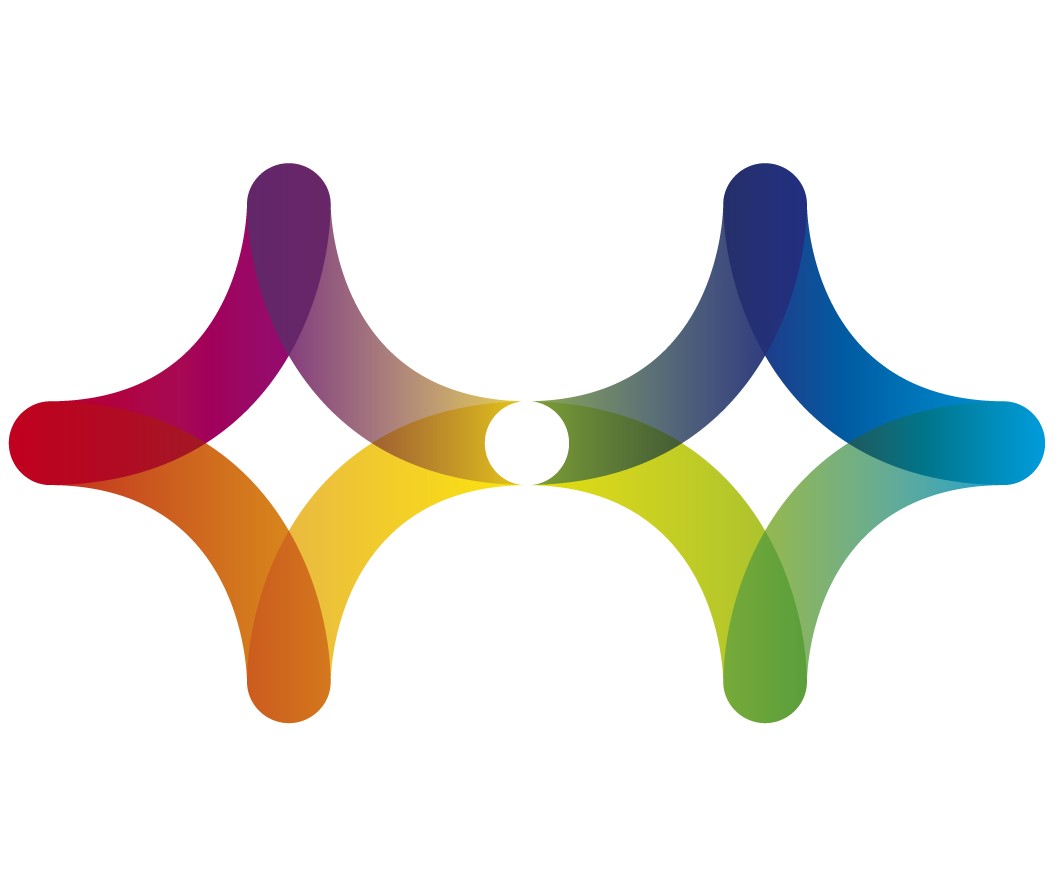
The Ki-Ck fMRI project
With financial support from The Sense, a new research project has begun, enabling collaboration between two units of The Sense (Neurodevelopment and Neurodevices) with Professor Benedetta Franceschiello from the HES-SO Valais-Wallis.
The project aims to develop a new technique in functional MRI (fMRI) to correct motion artifacts. The technique will be developed using fMRI sequences acquired from adults and then applied to a population of 6-8-year-old children. A research assistant, Mr. Mauro Leidi, has been hired to carry out this project.
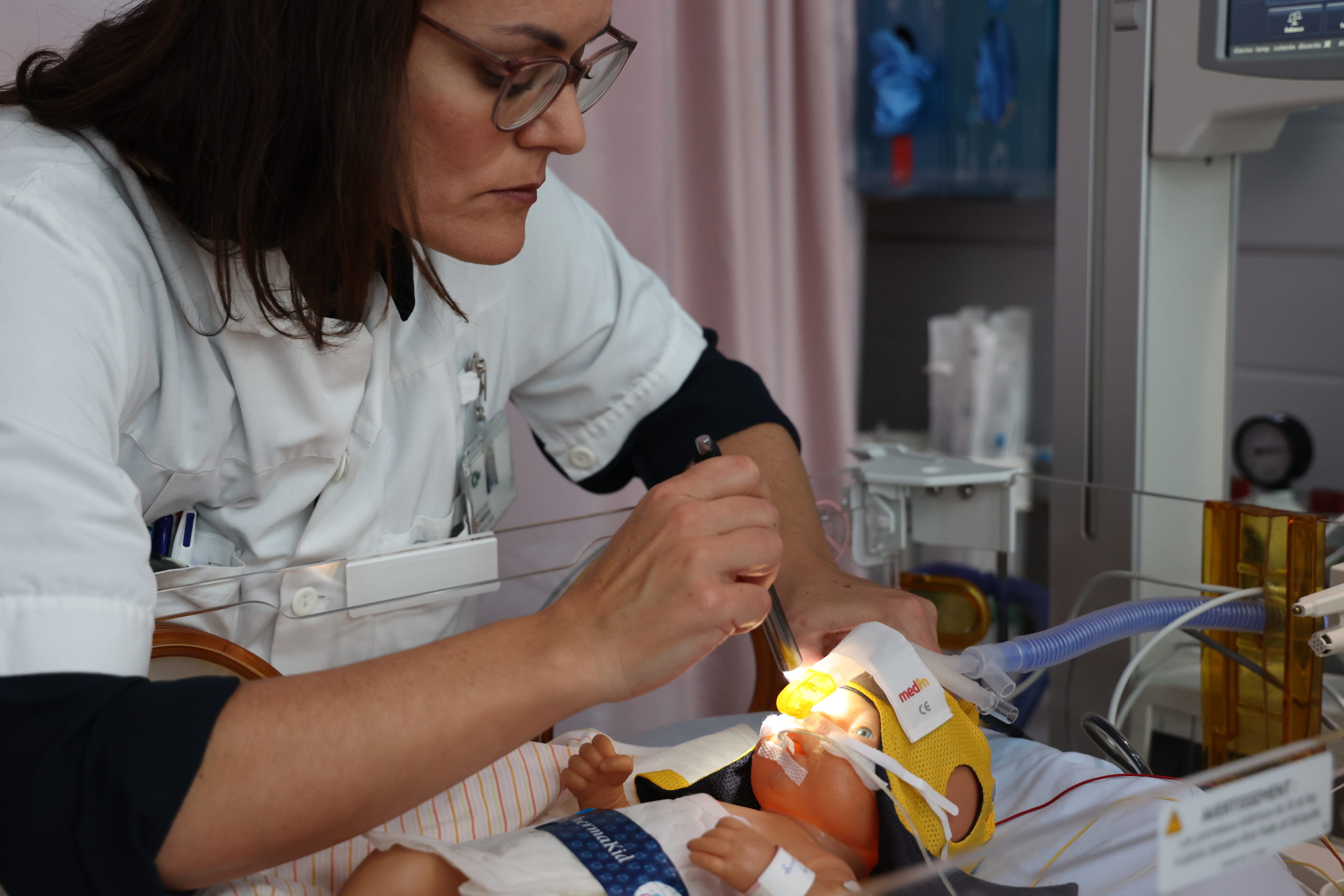
The 'Hand-in-hand' project, funded by the Swiss National Science Foundation (FNS), was launched in June 2023.
The project aims to investigate the overlooked link between distortions in hand perception and the sensorimotor system. A call for a fully funded PhD position within the project was launched in June 2023, and the selection process was finalized in July, with the new doctoral student, Dr. Ayla Gay, joining the team in October 2023.
We are currently conducting analyses on a large dataset of behavioral and kinematic data with the aim of modeling the existence of a bias related to the perception of body position in space.
In parallel, the team is working on finalizing the design and implementing new experiments aimed at determining whether distortions in hand perception are linked to sensory, motor, anatomical characteristics of the hand, or a combination thereof.
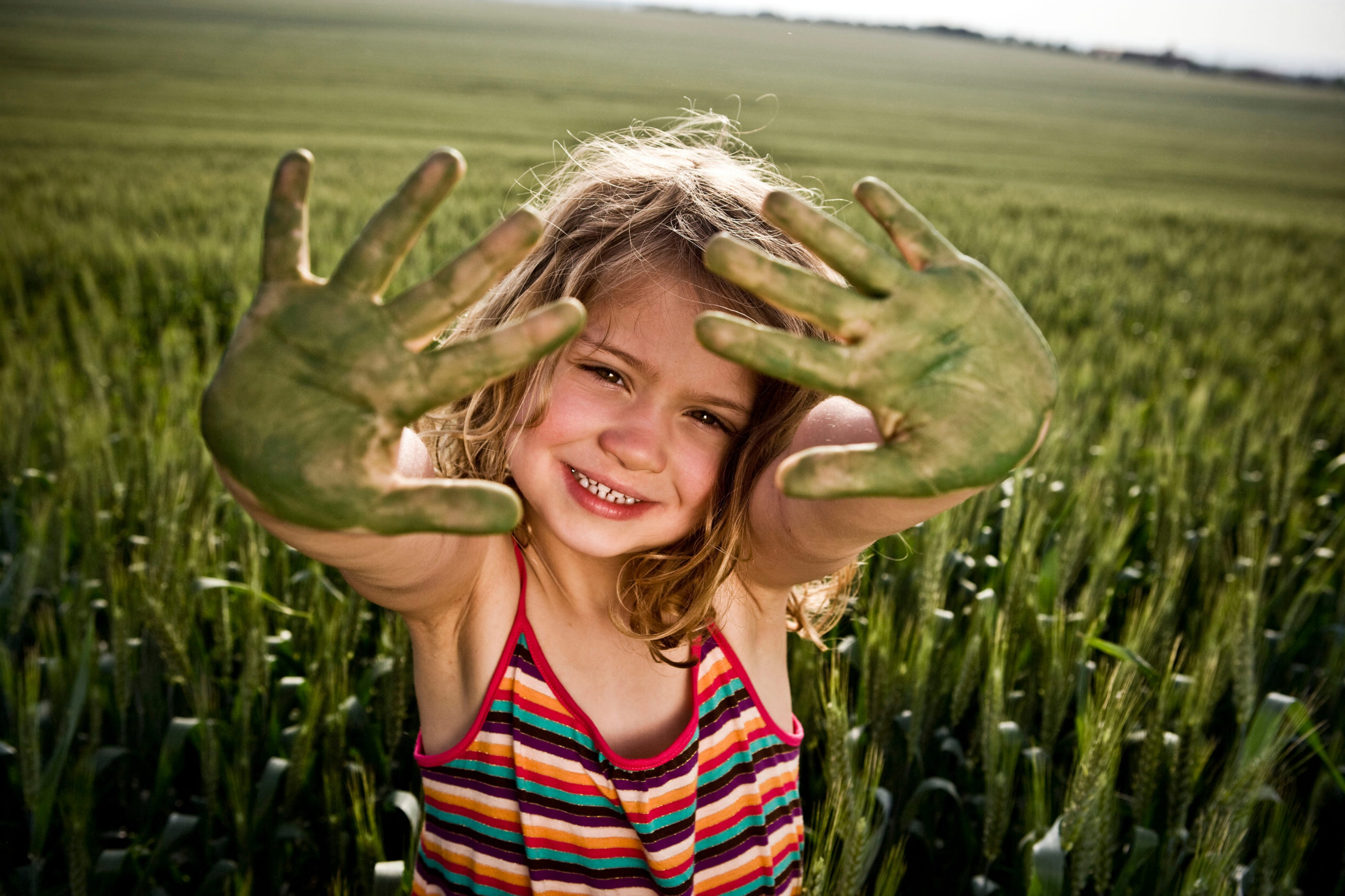
A new research consortium to understand how children combine their senses to perceive and act in their world
The international consortium brings together expertise in multisensory processes and child development from leading academic institutions. It is coordinated by Professor Mark Wallace (Vanderbilt University, USA) and includes Professor David Lewkowicz and Professor Nick Turk-Browne from Yale University (USA), Professor Monica Gori from the Italian Institute of Technology (Italy), and Professor Micah Murray from the Lausanne University Hospital and the University of Lausanne (Switzerland).
"The consortium will propel our research out of the laboratory and into everyday environments where these multisensory processes are truly put into practice. Consequently, we will gain a better understanding of the richness of the human experience," says Professor Micah Murray.
Locally, Professor Micah Murray leverages expertise among key investigators and the leadership of Sense to ensure the success of their contributions to this research consortium. Specifically, the team includes Dr. Juliane Schneider, who specializes in neurodevelopmental monitoring of children, Dr. Julien Favre, an expert in movement sciences, and Professor Antoine Widmer, an expert in extended reality, along with Professor Olivier Lorentz, who is the co-founding executive director of Sense. This expertise complements Professor Murray's in the areas of multisensory processes and brain signal analysis.
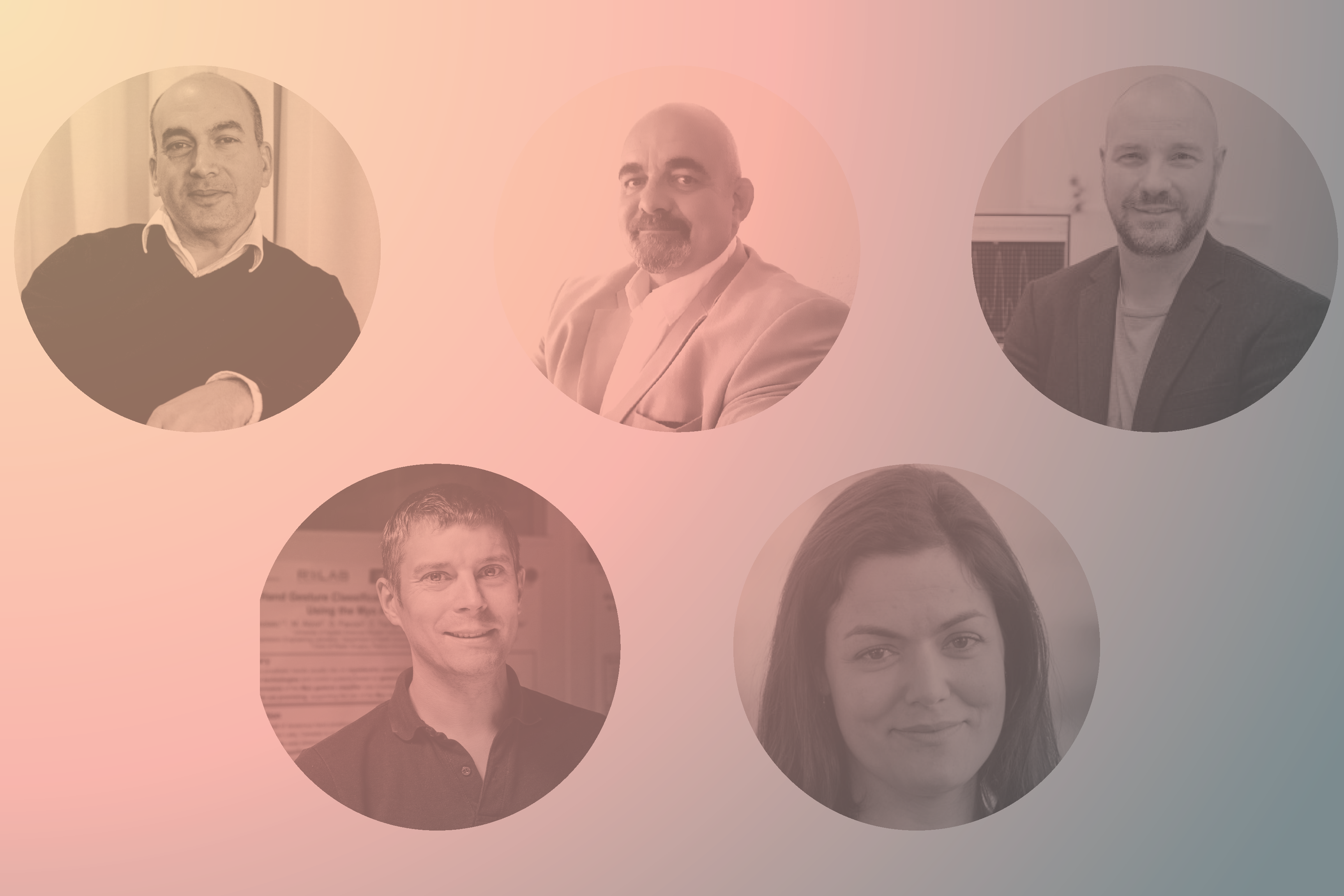
Action & Repair
Intervening to alter the status quo in health, dysfunction and disease is the primary focus of research and innovation within the axis of Action and Repair. WHERE does sensory information operate to transform thoughts into perceptions and actions? WHERE are the access points for repairing dysfunction? WHERE are the limits of neuroplasticity? WHERE is the pathway for rehabilitation? The Sense targets the WHERE.
Human Movement Biomechanics 
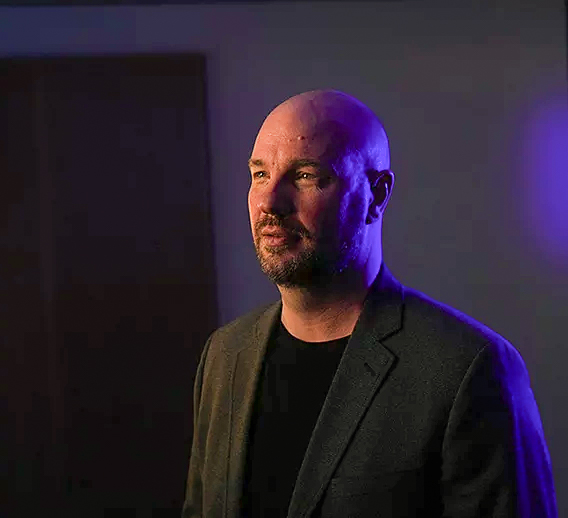
Dr. Julien Favre, CHUV-UNIL
Understanding of movement and its control
Affiliates: 3
Projets: 4
Scientific articles: 7
Teachings: 4
Academic valorization: 1
Inclusive Physical Rehabilitation 
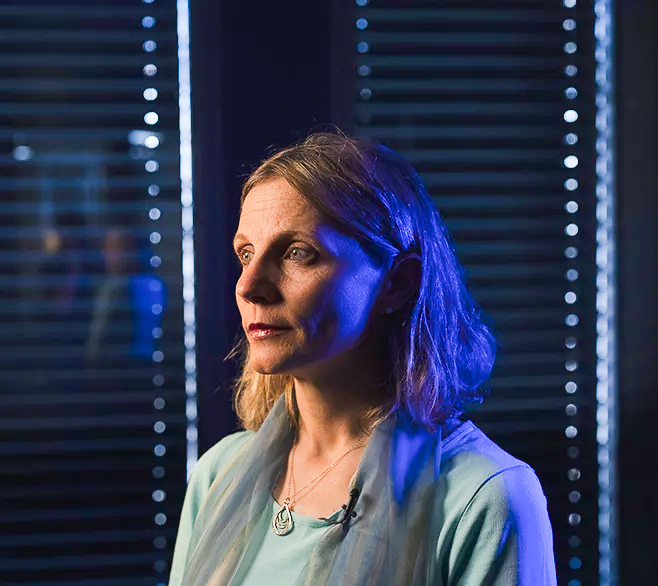
Prof. Lara de Preux-Allet, HES-SO Valais-Wallis
Development and evaluation of diagnostic, prevention, and treatment strategies in physical rehabilitation
Affiliates: 5
Projects : 8
Scientific articles: 8
Teaching: 1
Academic valorization: 1
Media appearances: 2
Vision & Sight Recovery 
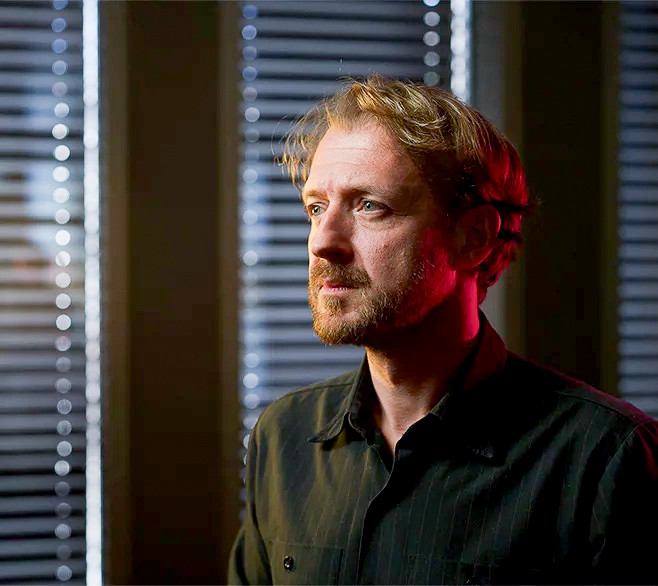
Prof. Olivier Collignon, HES-SO Valais-Wallis
Study of the processes of brain plasticity
Affiliate: 1
Projects: 6
Scientific articles: 5
Teaching: 1
Academic valorization : 10
Media appearances : 4
Award: 1
Getting funding from the Leenaards Foundation
Dr. Aurore Fernandez and I have received a grant from the Leenaards Foundation as part of the "Integrative Health" call for proposals for the "Conditioned Open Placebo" project.

Receiving the prestigious project funding from the Swiss National Science Foundation
(SNSF)
The project is an exciting interdepartmental collaboration with Professor Paul Matusz (School of Health) and Professor Sarah Dini (School of Social Work). It aims to create new diagnostic tools for Autism Spectrum Disorder (ASD) that are effective for all genders, as traditional tools are biased towards males. Clinicians' and patients' feedback, along with literature, will help identify the gaps in understanding adolescent and young female ASD individuals. Our contribution to the project is to develop exercises in Mixed Reality and propose a new system for collecting more precise data.
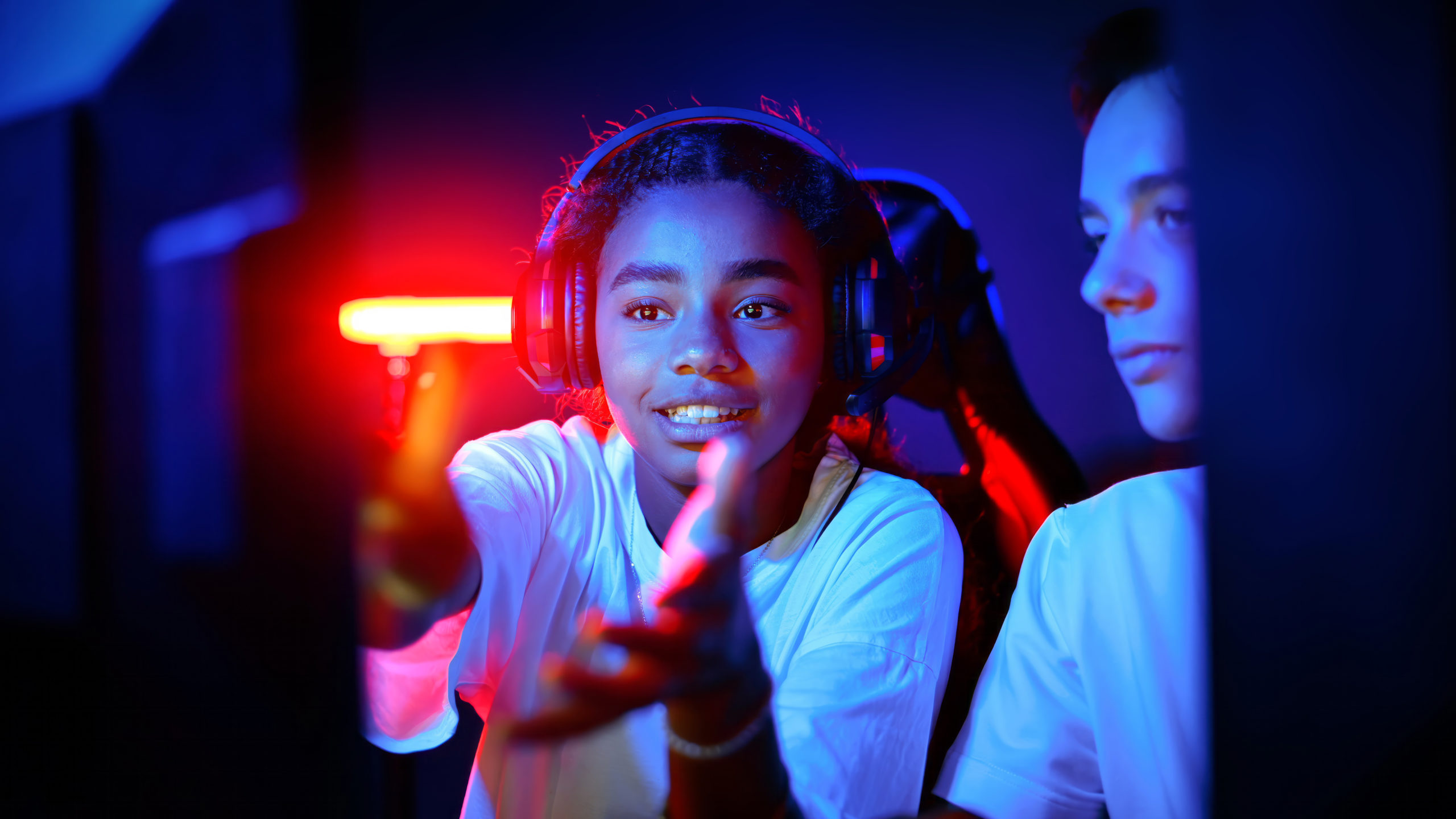
A touch screen used for the first time with wild monkeys
My team has installed a device commonly used for captive primates in the South African forest. The goal is to compare the psychology of these animals in a superficial environment versus a natural environment.
Interestingly, the monkeys were not easily impressed. We published this research in 2023 in the Journal of Animal Ecology, describing the device and how vervet monkeys responded to it.
After several years in the field, the researchers noticed that the participation rate in the task varied depending on the individuals. Adult females, who are dominant in this species, tended to monopolize the machine, a factor to consider for future research. Another interesting finding: captive animals were more involved in the experience than wild ones, likely due to having more available hours to dedicate to the machine. However, for the same number of hours spent on the machine, the learning speed is similar between the groups. It is hoped that this new technology will pave the way for rich future discoveries and provide a better understanding of the cognition of our distant cousins and the evolution of our species.
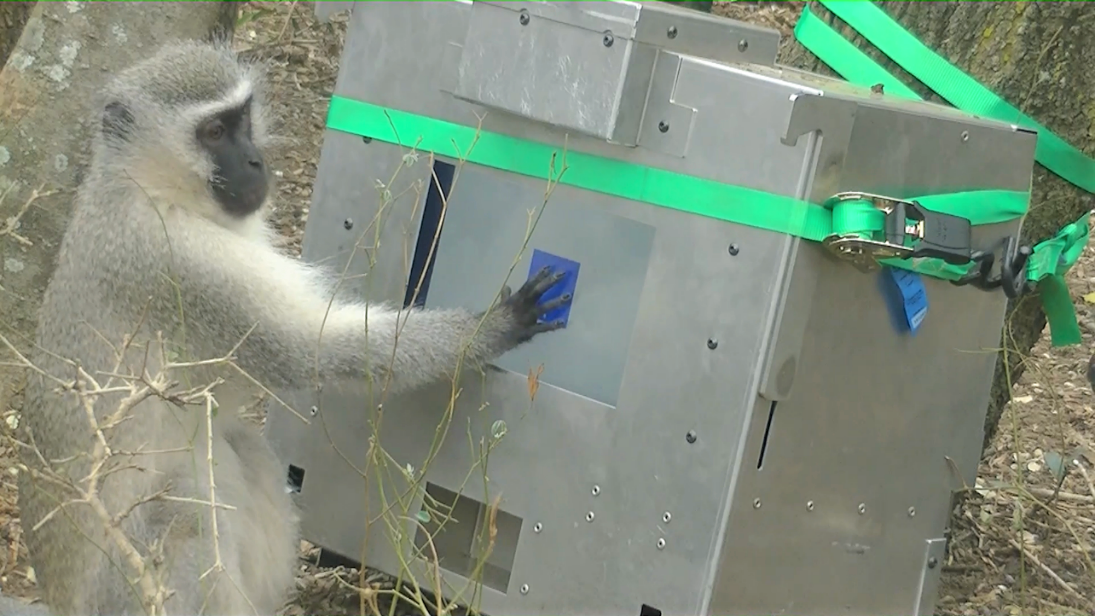
The prestigious funding from the Swiss National Science Foundation (FNS)
Within The Sense, along with Professor Antoine Widmer from HES-SO Valais-Wallis, we have secured funding for a project from the Swiss National Science Foundation (FNS).
This interdisciplinary project also includes the clinical expertise of Professor Sarah Dini from HETSL. As part of this project, my team will develop a prototype of a serious game based on a rigorous cognitive task that allows for measuring differences in attentional abilities among individuals with Autism Spectrum Disorder (ASD), as well as its diagnostic potential
Otherwise, in 2023, I am responsible for finalizing the establishment of a Certificate of Advanced Studies (CAS) in sensory neurorehabilitation. This interdisciplinary continuing education program is the result of a partnership between The Sense and the HES-SO Health Valais. It is expected to commence its activities by the end of 2024 or 2025.
Finally, at the beginning of 2023, I assumed the role of Editor-in-Chief of the journal "Mind, Brain & Education" – the flagship journal of the International Mind, Brain & Education Society (IMBES), the only international society that bridges the gap between neurocognitive research and practice in education.
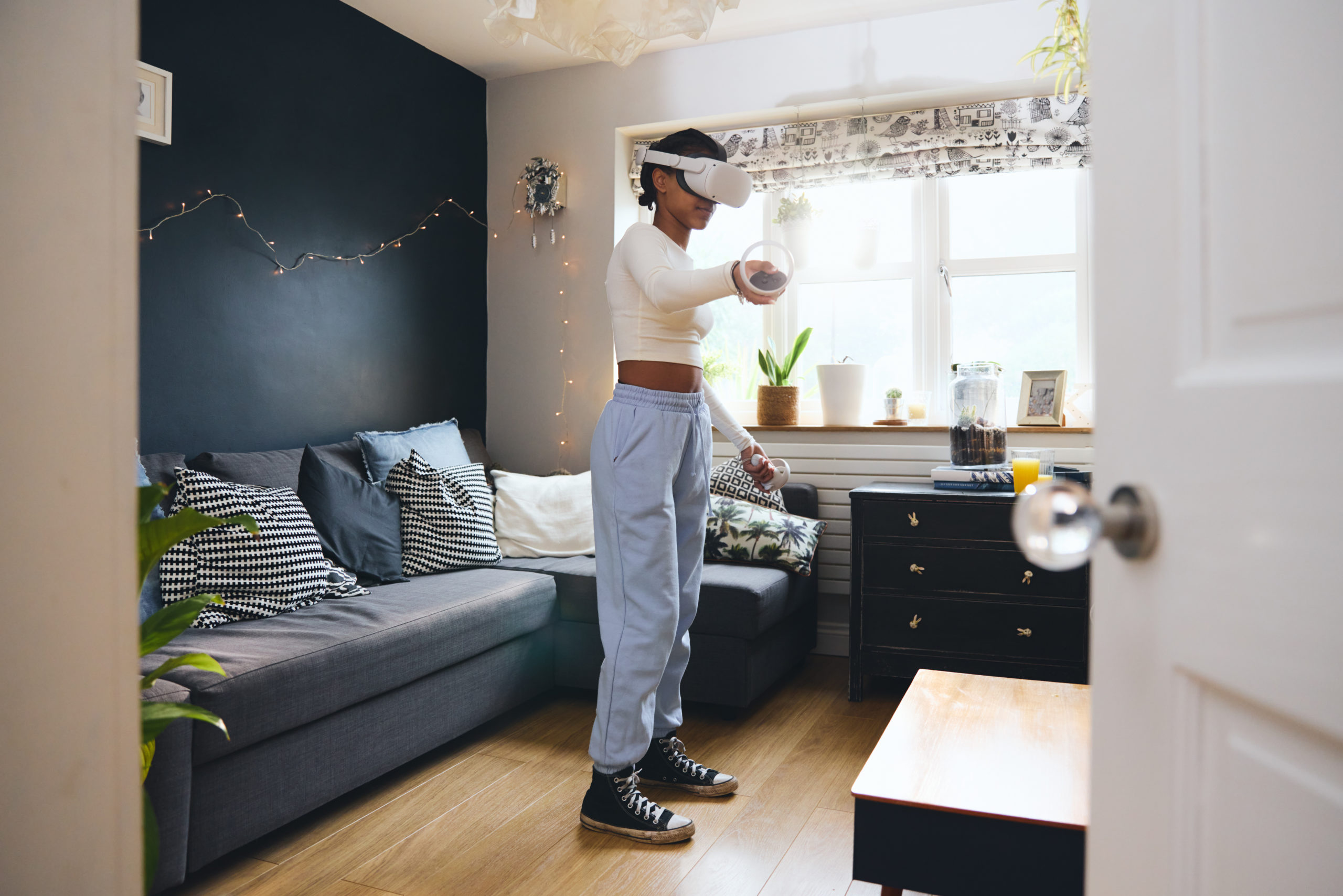
The beginning of the 'Flavor' Project
This year, we received funding from The Sense, and we commenced the project "Objective measures of flavor perception in humans: An emerging tool for sustainable plant-based product development." In collaboration with the CHUV and the "Multisensory Processes" research unit, our aim is to develop a method for measuring and quantifying the cognitive response to dynamic aromatic stimuli in a food product and establish a correlation with state-of-the-art aromatic and sensory analysis. This knowledge would be essential for shifting consumer dietary habits towards healthier and more sustainable eating.
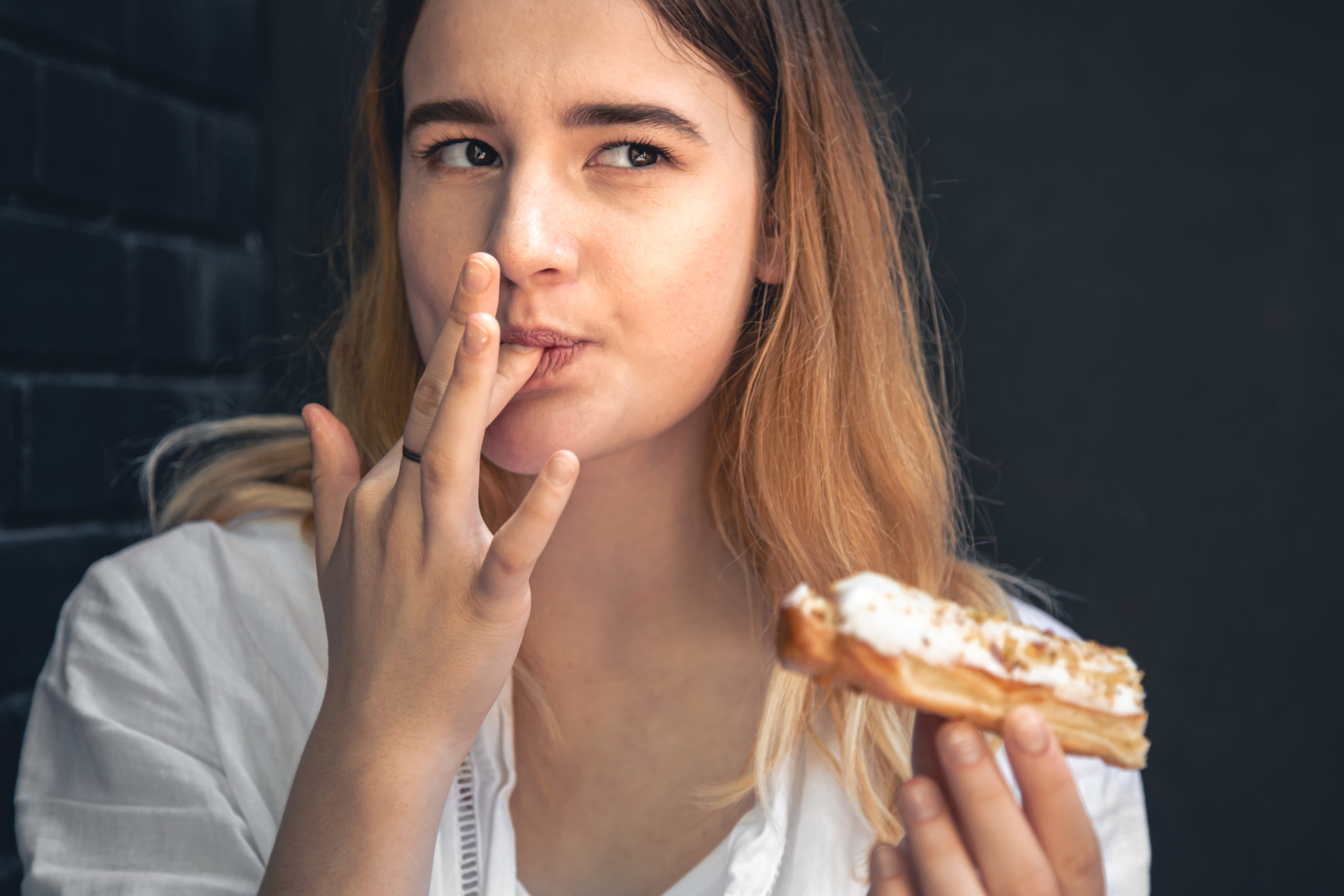
BISSE: Bootcamp on Innovation, Science, Society, and Entrepreneurship
In 2023, The Sense organized a training program in Boston, combining education and scientific exchanges on the broad theme of human senses. A multitude of aspects, from societal impacts to innovation valorization, were addressed. This event not only showcased the knowledge gained and visibility provided within Sense but also demonstrated the synergy and effective collaboration among Sense members. It stands as a significant testament to Sense's development and a concrete example of its added value.
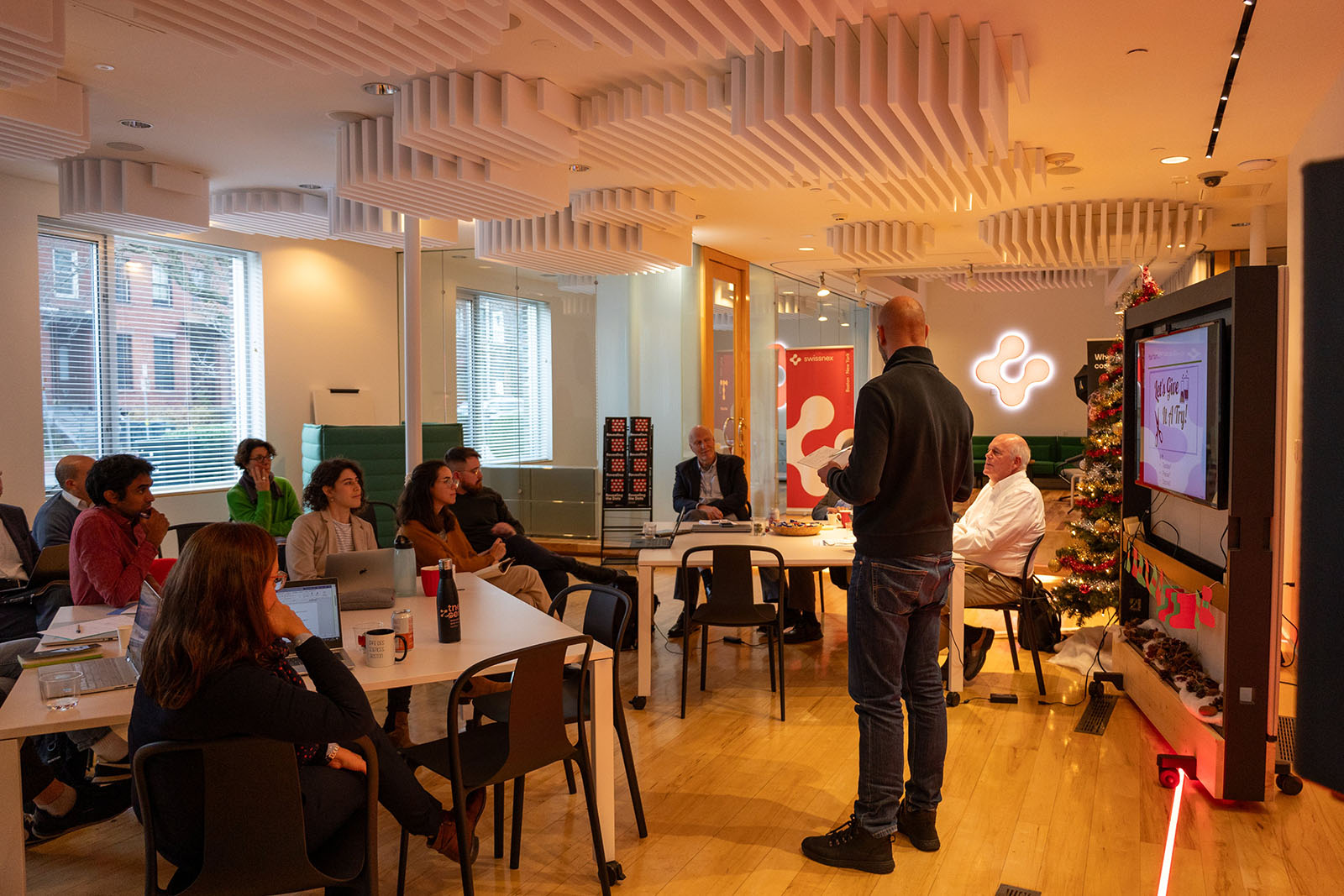
The mandate from the Canton of Valais
We have received a mandate from the Canton of Valais in which we assess the need, as well as the added value and benefits of information centers aimed at informing elderly individuals on how to adapt and improve their housing situation, and to support them in these efforts.

The organization of the IMRF conference in Brussels
We were thrilled to host the International Multisensory Research Forum (IMRF 2023) in Brussels, Belgium, from June 27th to June 30th, 2023. IMRF is a dynamic medium-sized conference dedicated to studying how the senses combine and reorganize in the mind, brain, and computational models. The conference was a clear success, bringing together 350 international researchers working on how our senses interact in the mind and brain.

Devices & Data
Addressing the current and foreseeing the future hardware and software solutions to this question is the primary focus of research and innovation within the axis of Devices and Data. HOW can we better understand human function and dysfunction? HOW can we acquire better measurements and metrics? HOW can we optimize the information available in data and improve their interpretability? The Sense creates the HOW.
Data Sciences 
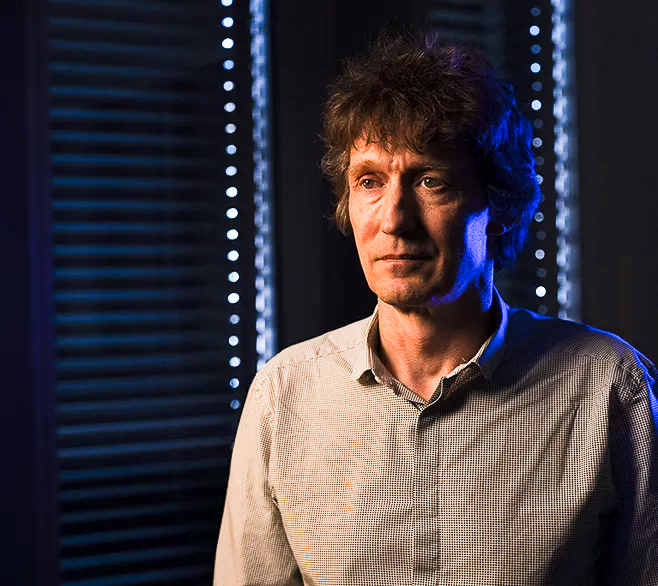
Prof. Henning Müller, HES-SO Valais-Wallis
Creation of decision support tools using medical data in the form of images, signals, texts, and structured data
Knowledge Management & Data Streams 
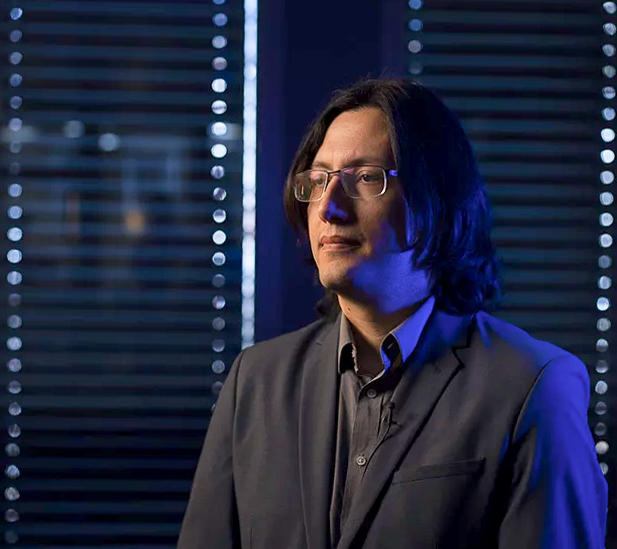
Prof. Jean-Paul Calbimonte, HES-SO Valais-Wallis
Development of AI knowledge models and the use of ontologies to represent information
Affiliates: 7
Projects : 5
Scientific articles: 9
Teaching: 1
Academic valorization: 4
Neurodevices 
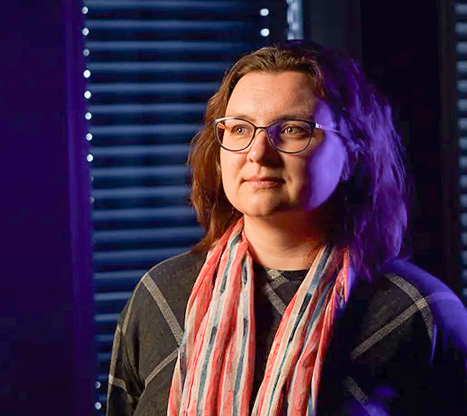
Prof. Alena Simalatsar, HES-SO Valais-Wallis
Development and Validation of Real-Time Closed-Loop Systems
Affiliates: 2
Projects: 3
Scientific article: 1
Teachings: 4
Academic valorization: 7
Academic valorization : 5
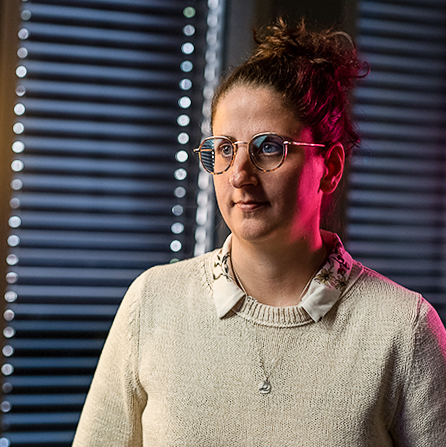
Prof. Benedetta Franceschiello, HES-SO Valais-Wallis
Development of new technologies in the field of healthcare
Affiliates: 4
Projects: 3
Scientific articles: 7
Teachings: 3
Academic valorization: 8
Media appearance: 1
<— Our global
indicators 2023
Previous Section
Kick-off of the SmartEdge project (Horizon Europe)
The project aims to develop technologies for orchestrating connected sensors using swarm computing and interoperability technologies, with applications in areas such as healthcare, robotics, etc.
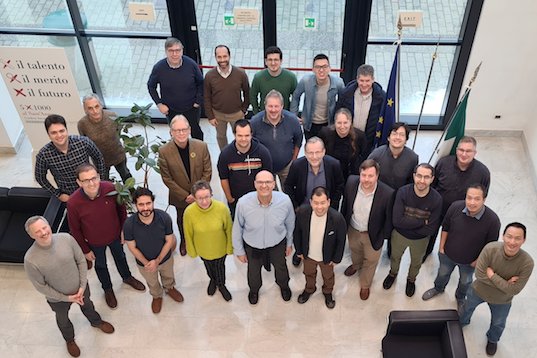
The 2.0 MR-Eye project has received a grant from the Health Research and Well-being fund
The 2.0 MR-Eye project aims to develop MRI technology capable of obtaining high-resolution images of the moving eye, eliminating the need for invasive procedures. Technically, the project aims to provide new signal and image reconstruction algorithms and a sensor that will process an organ extremely sensitive to movement. Clinically, it will eliminate the need for eye stillness, eye patching, and anesthesia, thereby opening opportunities for assessing new pathologies via MR-Eye, reducing hospital equipment costs and examination time. Additionally, it could enable the study of neuronal activity in the retina and the interaction between the eyes and the brain.
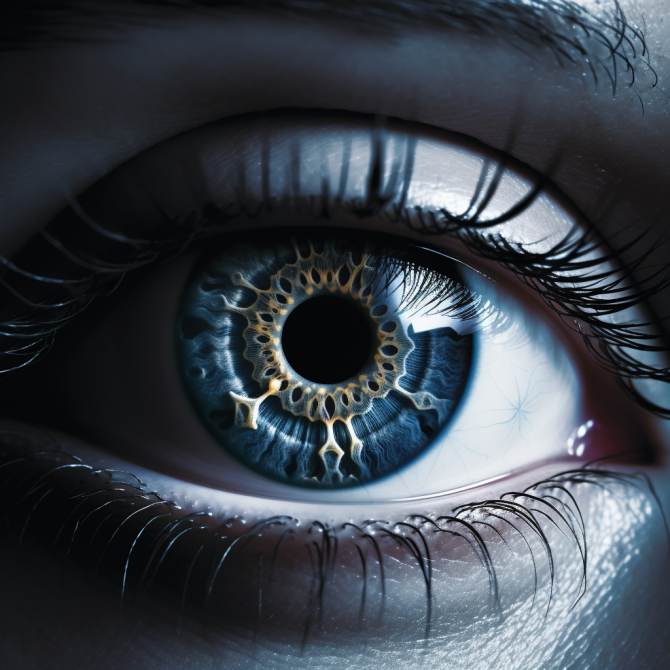
Software tools for processing physiological signals through an Empatica bracelet
Our project, Analyze-Me, focuses on developing a software tool for non-verbal autistic patients to detect, classify, and visualize pain or stress, and consequently, difficult behaviors.
This project has been accepted for both stages of the "Innovation Booster Technology & Special Needs" call for projects, an initiative of the Foundation for Research in Favor of Persons with Disabilities (FRH), first for the research project stage and then for the prototype development stage.
During this year 2023, we have developed a graphical user interface (GUI) tool to collect physiological signals such as electrodermal activity (EDA), heart rate variability (HRV), and 3D acceleration using the Empatica E4 wristband. We extracted and visualized all possible features of these signals while overlaying them with stress or pain level curves.
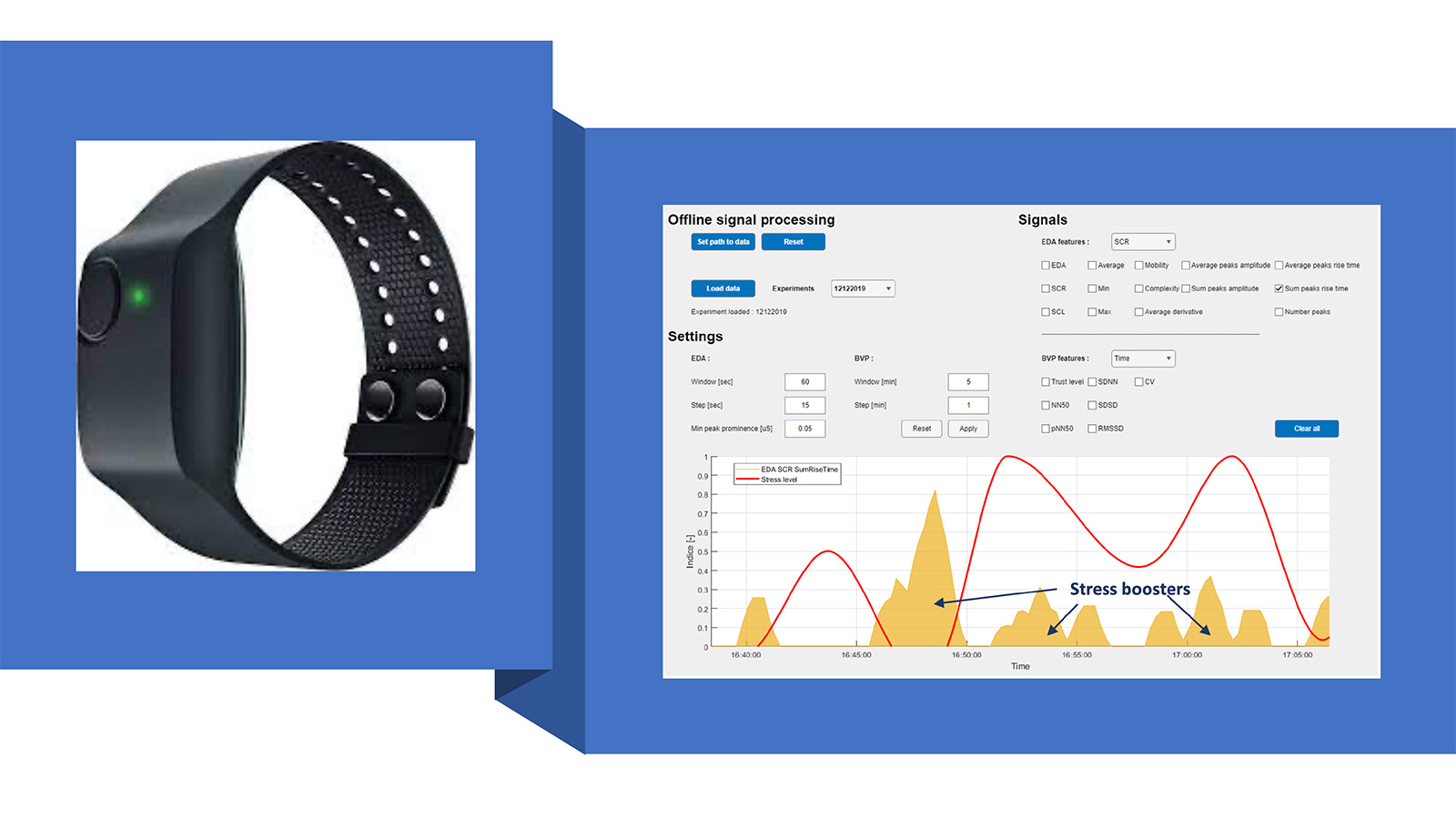
The completion of the European project (H2020) ExaMode, coordinated by the HES-SO Valais Wallis.
Health data stands out due to its size, heterogeneity, included knowledge, and value. The supervised nature of deep learning models requires large amounts of labeled and annotated data, hindering the models from extracting knowledge and value. ExaMode addresses this issue by enabling easy, rapid, and weakly supervised knowledge discovery from heterogeneous data at the exascale, limiting human interaction.
